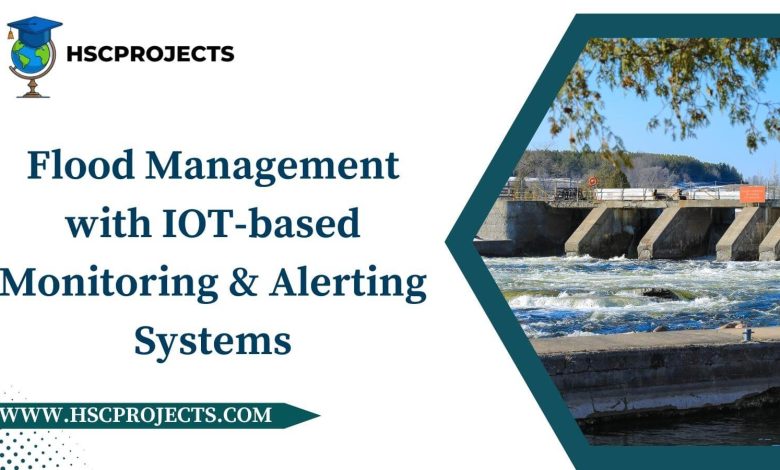
Flood Management with IOT-based Monitoring & Alerting Systems
Introduction
The aftermath of floods often leads to severe consequences, including loss of life, property, and detrimental impact on the environment. The need for a real-time, reliable flood monitoring system has never been more crucial. This article delves into how an IoT-based flood monitoring and alerting system can significantly enhance our preparedness and response to these natural disasters.

Understanding the Conventional Issues
Traditional flood forecasting methods often lack immediacy and accuracy. They require manual monitoring, which is not feasible 24/7. Moreover, these systems usually provide limited data points, making it difficult to predict the severity and reach of impending floods.
The IoT Revolution
Enter the world of IoT (Internet of Things), where continuous real-time monitoring is not just possible but incredibly efficient. With the integration of various hardware and software components, including water and rain sensors, WiFi modules, and cloud-based IoT platforms like IOT Gecko, the system provides immediate alerts and predictions.
Hardware Specifications
- Raspberry Pi 3: The brain of the operation, executing Python scripts for sensor data collection.
- Water and Rain Drop Sensors: Placed at multiple locations, these sensors measure water and rainfall levels, respectively.
- Wifi Module: For uninterrupted data transmission to the cloud.
- LCD Display: To display real-time data and alerts.
- Other Components: Including resistors, capacitors, transistors, cables, and connectors, play a part in the system’s overall functionality.
Software Specifications
- Operating System: Linux, compatible with Raspberry Pi and offers robust performance.
- Programming Language: Python, providing ease of implementation and wide-ranging library support.
- IOT Gecko: A cloud-based platform for IoT, enabling real-time data tracking and alerts.
How it Works
The system employs a Raspberry Pi interfaced with water and rain sensors. These sensors collect data on the water levels and rainfall in different regions. The information is then transmitted via WiFi to a cloud-based IoT platform. The system uses algorithms to analyze this data and make flood predictions, which are instantaneously communicated to local authorities and residents, allowing for timely evacuations.
Conclusion
An IoT-based flood monitoring system not only offers real-time data but also ensures that this data is accurate and actionable. This advancement could revolutionize how we prepare for and respond to flood situations, potentially saving countless lives and resources.
In order to download the PDF, You must follow on Youtube. Once done, Click on Submit
Subscribed? Click on Confirm
Download Flood Management with IOT-based Monitoring & Alerting Systems PDF






